A perennial yard weed that is really cute appears in late Spring and may be found flowering until mid-Summer. We see it in the lawn and near the edges of the lane where it grows in gravel and dry rocky soil at the top of the mountain ridge.
The trumpet-like flowers have a long bell with four flaring petals in white with tones of lavender. The flower buds are a rosey-pink to lavender color. Photos below taken on 8 Jun 2010.
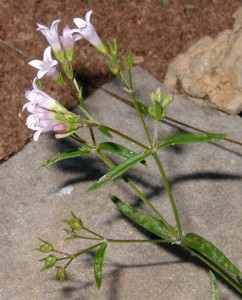
Narrow, strap-like, sessile leaves are opposite one another on branching stems that barely reach ten inches tall.
Longleaf Summer Bluet, Houstonia longifolia, may also be known as Long-leaved Bluet. Its flowers are in small clusters and are more trumpet-like than the flowers of Bluets, which are not in clusters. Bluets have a way of holding their yellow eyed flowers up to the sun that the Longleaf Summer Bluet lacks. Its flowers are often held out to the sides.
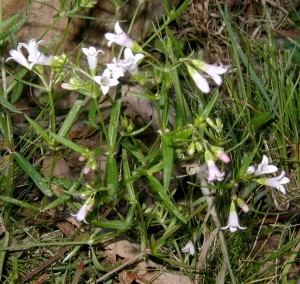
In parts of New England the native Longleaf Summer Bluet is considered threatened. It is listed as endangered in Connecticut and Massachusetts, it’s of special concern in Maine, and it appears only in historical records in Rhode Island, which means the Longleaf Summer Bluet may already be extirpated there.
We seem to have plenty of the long-leaved bluet here on our mountain ridge in PA, but I haven’t seen it anywhere else.
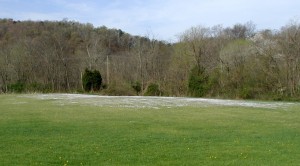
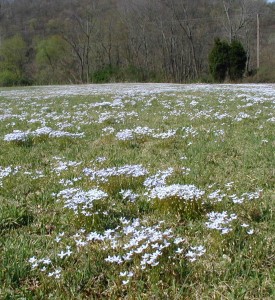
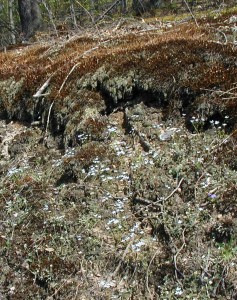
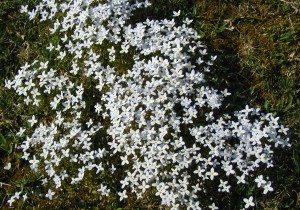
![Reblog this post [with Zemanta]](http://img.zemanta.com/reblog_e.png?x-id=538d809d-4f79-4097-97a0-a12b660553fe)